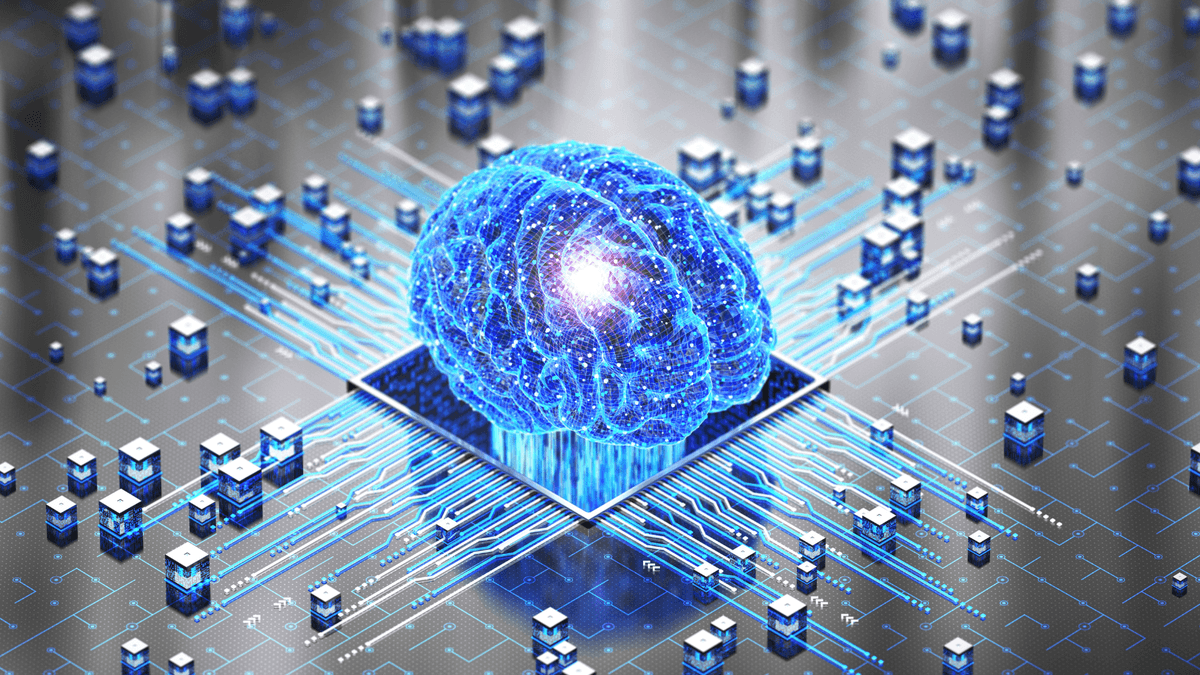Co-founder of Final Spark’s lab, Fred Jordan, said that he has a gut feeling that soon the processors using brain cells will replace the chips that powered the artificial intelligence boom. A new era of computing: Swiss start-up FinalSpark is developing computers powered not by silicon chips, but by living brain cells. Co-founder Fred Jordan …
Biocomputing Revolution: How Brain Cells Could Replace Silicon Chips in the Future of AI

Co-founder of Final Spark’s lab, Fred Jordan, said that he has a gut feeling that soon the processors using brain cells will replace the chips that powered the artificial intelligence boom.
A new era of computing:
Swiss start-up FinalSpark is developing computers powered not by silicon chips, but by living brain cells. Co-founder Fred Jordan believes these biological processors could one day replace traditional AI chips and redefine how we power artificial intelligence. During a tour of the lab in Switzerland, he said, “Instead of trying to mimic the brain, let’s use the real thing.”
Today’s AI models like ChatGPT depend on supercomputers that simulate brain functions through silicon semiconductors. However, these machines demand massive amounts of electricity, pushing the world’s energy consumption and emissions higher each year.
Jordan argues that biological neurons could solve this problem. He explained, “Biological neurons are one million times more energy-efficient than artificial neurons.” These living cells can also be reproduced endlessly in laboratories, unlike the limited and expensive AI chips made by companies such as Nvidia. If successful, biocomputing could make AI faster, cheaper, and far more sustainable.
Bioprocessors working:
The process begins with stem cells, often derived from human skin cells donated anonymously. Scientists then transform them into neurons, which are grouped into small clusters known as brain organoids, each about the size of a fruit fly’s brain.
Electrodes are attached to these organoids to monitor their activity and stimulate them with tiny electric signals. The way these neurons respond to stimulation, either with activity or silence, acts like the ones and zeros in digital computing.
Ten universities around the world are already experimenting with FinalSpark’s technology, and the company even streams a live feed of neurons at work on its website.
Challenges and discoveries:
Benjamin Ward-Cherrier from the University of Bristol used an organoid to power a simple robot that could recognize Braille letters. However, he admitted that “working with robots is very easy by comparison.”
One major challenge is communication to figure out how to send information the organoid can understand, and how to interpret what it sends back. Moreover, because these organoids are living cells, they eventually die. On average, they survive for about six months, meaning experiments often need to restart.
The future of biocomputing:
At Johns Hopkins University, researcher Lena Smirnova is using similar organoids to study neurological conditions such as autism and Alzheimer’s disease. She believes biocomputing could transform medical research before it fully replaces hardware-based computers. Still, she predicts that the technology could advance rapidly in the next 20 years, moving from experimental labs to real-world applications.











